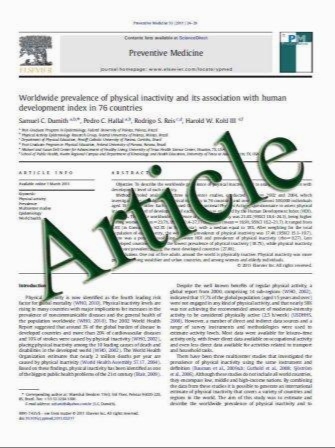Management of anemia in chronic kidney disease patients: baseline findings from Chronic Kidney Disease Japan CohortStudy
- نوع فایل : کتاب
- زبان : انگلیسی
- مؤلف : Tadao Akizawa Hirofumi Makino Seiichi Matsuo Tsuyoshi Watanabe Enyu Imai Kosaku Nitta Yasuo Ohashi Akira Hishida Chronic Kidney Diseas
- چاپ و سال / کشور: 2011
Description
Background Anemia is a factor that affects the outcome of patients with chronic kidney disease (CKD); however, there are only a few reports on the management of anemia in Japanese patients with CKD who are not on dialysis. Methods Weinvestigated the prevalence, related factors and management of anemia in CKD stage 3–5 patients in Japan based on the baseline data obtained from a prospective cohort study (Chronic Kidney Disease Japan Cohort). Anemia was defined as having a hemoglobin (Hb) level of\11 g/dL or receiving erythropoiesis stimulating agent (ESA) therapy. Results The result indicated that 946 out of 2,930 patients had anemia. Of these 946 patients, 385 were receiving ESA treatment for anemia and had an Hb level of 10.28 ± 1.19 g/dL (mean ± SD). The percentage of these patients with an Hb level above the target of 11 g/dL proposed for treatment by the Japanese guidelines, and above the maintenance level of 10 g/dL approved for ESA therapy in Japan, was only 30.1 and 61.6%, respectively. In contrast, the percentage of patients receiving no ESA therapy was 67.6 and 55.7%, respectively, among those with an Hb level of\11 and\10 g/dL. Conclusions These data suggested that prevalence of anemia was high in Japanese patients with CKD stage 3–5, that the percentage of patients receiving ESA was low among those who required ESA, and that a large number of patients receiving ESA failed to maintain the recommended level of Hb.
Clin Exp Nephrol (2011) 15:248–257 Received: 4 October 2010 / Accepted: 13 December 2010 / Published online: 15 January 2011 Japanese Society of Nephrology 2011


